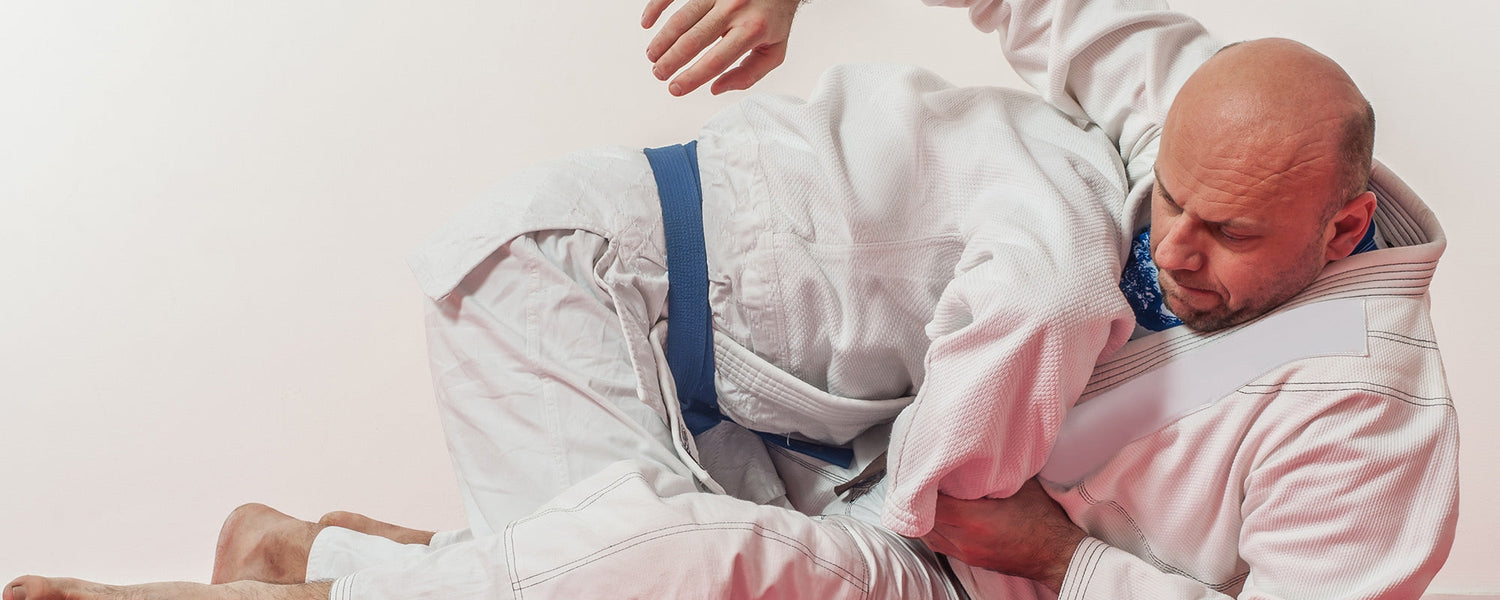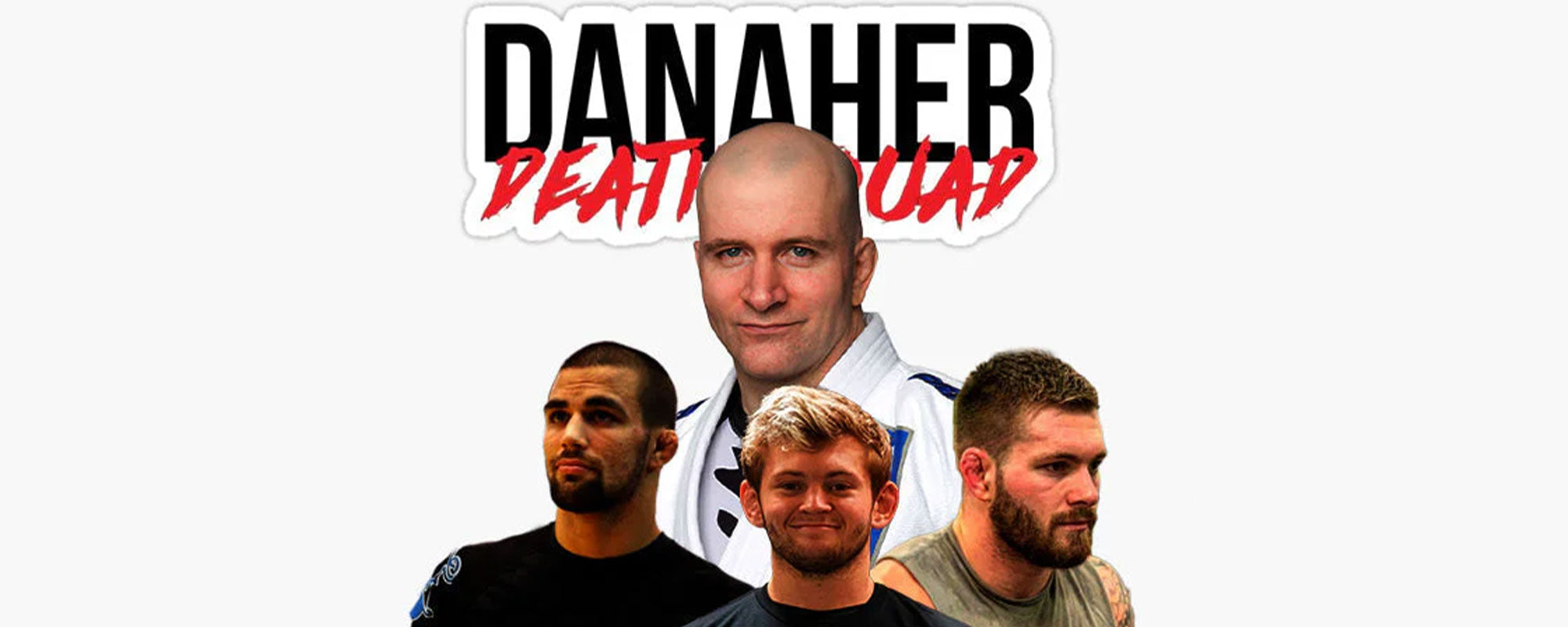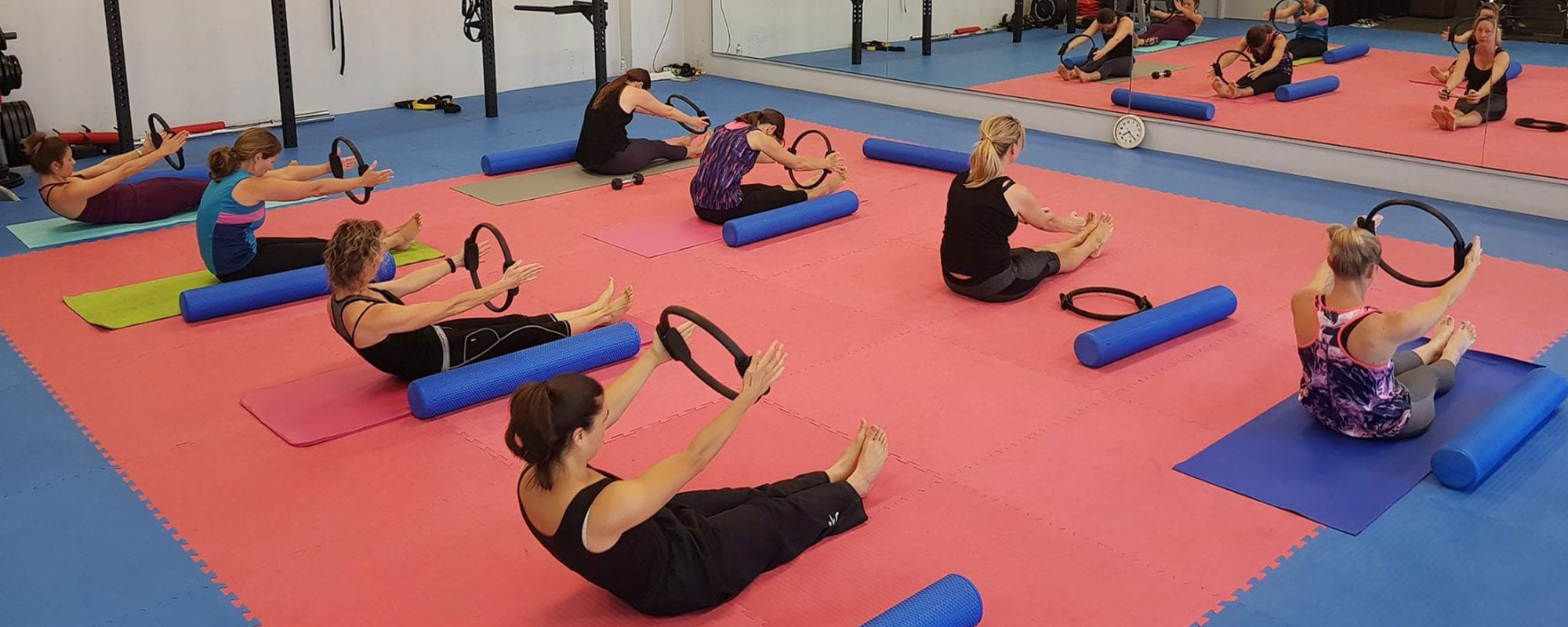Table of content
In Brazilian Jiu-Jitsu, it is very uncommon to be partnered up with someone much bigger and stronger than you. In this article, we'll give you tips on how to safely train with a bigger and stronger partner.
1. Importance Of Sparring And Rolling
BJJ is a martial art that focuses on ground fighting, but it’s important to have a good sparring partner if you want to improve your skills. Sparring with someone who is better than you will not only help you to improve, but it will also make you stronger. If you’re not regularly sparring, make sure to find someone who can teach you the right techniques and help you to build a good foundation for your Jiu-Jitsu.
When looking for a sparring partner, it’s important to consider their size and strength. You don’t want to fight an opponent who is too small and far above your weight category. Find someone who is around the same weight category. Additionally, be sure to check out their techniques. They shouldn’t be too aggressive in their takedown or submissions attempts, because there is a chance of getting injured if you are sparring with aggressive partners.
Before starting any session, make sure that you are comfortable with each other’s skills. If one of you is uncomfortable with the style and technique of your partner, it will be difficult to learn anything from the session.
2. Why It Is Desirable To Train With Stronger Opponents
Training with a stronger partner can be beneficial for a number of reasons.
- It can help to build stamina and strength.
- If your opponent is skilled and cooperative, you can potentially improve your Jiu-Jitsu techniques.
- It can also help you to develop better self-defense skills with an enhanced capability of performing better against stronger opponents.
It is desirable to train with opponents who are almost equivalent in size and strength. However, this is not always possible or practical. In such cases, it is important to maximize the effectiveness of your training by working with stronger partners. This can be done by teaming up for specific drills and exercises that can challenge your ability to maintain control and attacking techniques simultaneously.
A good way to assess how strong your opponent is to use the “10-Point Scale” devised by Professor Ernesto Hoost. The scale ranges from 1 (very weak) to 10 (very strong). Using this scale, you can determine how much stronger your opponent is relative to you.
3. Stronger Training Partners
As a BJJ practitioner, you will likely encounter training partners who are bigger and stronger than you. Here are some tips on how to train with bigger and stronger training partners.
First, remember that size and strength are not everything in BJJ. Better planning, skills, and mastery of techniques are critical factors that allow a smaller fighter to often defeat a bigger one. Knowing how to gain an advantage over more bulky opponents is essential.
Bigger and stronger fighters may be able to force their way into certain positions, but if you are clever, you will be able to pull a reversal and subdue a powerful opponent.
4. How to Grapple with a Bigger and Stronger Partner
First, keep in mind that smaller and weaker individuals tend to have the advantage. This is because they are able to turn their opponents’ weight and size against them by using moves, sweeps, locks, and chokes and usually take advantage of the leverage.
Second, try not to let your opponent take the dominant position. Your opponent may try to use excessive force to gain and remain in the advantageous position. Stay calm and focused on using bridging, trapping, and rolling to help you escape and gain the advantage.
Third, use speed and agility to your advantage. A bigger and stronger practitioner will usually be slower and less agile. You will find it easier to maneuver around your opponent’s guard or initiate attacks on the legs.
Fourth, be aggressive. Often, bigger and stronger opponents will try to intimidate you with their size. Don't back down and go for the submission attempts.
5. Benefits Of Sparring With Stronger Opponents
There are substantial benefits and some drawbacks of sparring with a stronger opponent. The substantial benefits of sparring with a stronger opponent include:
- Building muscle and strength: Sparring will help you to build stronger muscles and will train you to withstand the pressure and power of your opponent in the fight. This will help you to improve your overall athletic performance and fitness.
- Gaining an advantage over your opponent: Sparring against someone who is stronger will give you an advantage in the fight. Because they will be less prepared to handle your increased power, stamina, and agility. This can help you to win fights more easily.
- Building confidence: Sparring against a strong opponent can help you to build confidence. Because you will learn how to handle power and aggression in a fight, which will make you more confident and focused on your techniques rather than intimidated by the more skilled fighter.
- Distance management: It will help you to develop a better sense of timing and distance management against bigger opponents.
- Weight advantage: It will help you to learn how to use your weight and leverage to your advantage.
- Helps you feel more at ease when protecting yourself against stronger opponents.
- Helps you push your limits and prepare you for how to use the opponent’s momentum to your advantage.
6. How to Ensure Your Safety While Rolling With A Bigger Opponent?
In order to ensure your safety while rolling with a bigger opponent, it is important to follow these guidelines:
- Make sure to always put your own safety first and only attempt takedowns or submissions when you are comfortable with the risk.
- Try to position yourself in a way that you can defend yourself from submissions or take your opponent down when the opportunity arises.
- If you are forced to fight on the ground, use your weight and size advantage to immobilize your opponent.
7. The Mindset And Game Plan Of The Both Weaker And Stronger Players
When grappling with a bigger and stronger training partner, the mindset of both players is different. The mindset of the weaker player revolves around defensive techniques. This means that mostly they will be looking to their training partner for instruction and guidance. They should also be prepared to submit to any commands their partner gives without hesitation and this is a very beneficial thing for the weaker partners because they don't want to get hurt. The weaker players should also maintain an open mind and accept all the opportunities their partner offers to help them improve.
On the other hand, the skillful player will have a more proactive mindset. They will be prepared to take control of the grappling match from the outset. This means that they will initiate most grappling moves and try to dominate you. This will give weaker partners a sneak peek into the mindset and techniques of the stronger opponent. A stronger opponent will be ready and prepared to use any opportunity to escape and counter-attack. The skillful player must remain calm no matter how tough his partner is trying to be because your purpose is to teach not to get the submission.
8. Few Tips
8.1. Identify The Size and Strength of Your Training Partner
While training for BJJ, it is essential for you to identify the size and strength of your training partner. It can be challenging to work with someone significantly weaker or stronger than you. You should find a suitable partner so that you can make the most out of your training.
Individuals should train with partners of similar categories. Additionally, some people may find it easier to work with senior partners. Ask your instructor for advice before picking out a training partner.
After picking your partner, it is essential to be careful about the techniques and moves you are going to practice. For example, if your partner is smaller and weaker, avoid using excessive strength and carefully maintain balance. Conversely, if your partner is larger and stronger, try using techniques that require exertion with accuracy.
8.2. Make Sure to Warm Up Properly
When training with a bigger and stronger partner, it is essential that you warm up properly. Start by doing light stretches, followed by basic cardio exercises. Once you are warmed up, move on to your BJJ workout mat.
8.3. Be Sure to Use Proper Form
One of the most common mistakes that beginners make when training with a bigger and stronger partner is they overlook their form. To avoid injuring yourself, remember the basics of BJJ: positioning, leverage, and movement. If you are having trouble figuring out how to perform a move correctly, ask your training partner or instructor for help. Remember to always use proper form when practicing any martial art!
8.4. Avoid Grabbing the Other Person's Gi
A common mistake is grabbing the training partner's gi too tightly. This can cause people to be thrown off balance, which can make it much harder to execute your game plan. If you're struggling to learn how to defend yourself, try using your opponent's weight against him by pushing away with your legs instead of trying to grab onto the gi.
8.5. Work On Attacking from the Back
There are a few moves that you can practice with your partner including, attacking from the back more effectively.
- Try to attack from the back by using your weight and strength while keeping your balance.
- If you can apply pressure to the back, it will be much more difficult for your training partner to escape.
- Control the arm that is around the back. If you can control the arm, it will be much more difficult for your training partner to break your hold.
8.6. Grip is King
You must make sure that your grip is firm if you're looking to work with a bigger and stronger training partner.
- Use a wider grip - A wider grip gives you more leverage and makes it easier to control your partner’s movements.
- Use a firm handshake - A strong handshake will help convey your strength to your partner.
- Watch your hands - Keep your hands close to your body. Do not use your hands too often to avoid fatigue and to keep them from being grabbed by your opponent.
8.7. Communicate Well
When doing BJJ training with a bigger and stronger opponent, it is essential that both parties communicate. This will help prevent any potential injuries and ensure that each session is productive. Above all, remember to maintain a positive attitude and have fun!
8.8. Be Accommodating
Think about what you can do to help your training partner be more comfortable and successful.
- Offer advice and encouragement - Let your training partner know when they're doing well and how they can improve.
- Help with balance - If your training partner is struggling to maintain balance, try to help him find the center of gravity and support them while they learn new stances or moves.
- Be patient - Don't assume your sparring partner will be ready to execute every technique perfectly right away. The more patience you have, the more progress your partner will make.
- Be creative - Sometimes the best way to learn something is by using a different approach. Be open-minded and try something new!
9. Bjj is Famous For Dominating The Stronger Opponent
This peculiar grappling sport is famous for being able to overcome the strength of an opponent by using leverage and positioning.
While BJJ may not be the best option for everyone, it can be a great tool for those who are looking to improve their overall grappling skills. Here are some tips on how to do BJJ with a bigger and stronger training partner:
- Use Your Weight Wisely - One of the key advantages that BJJ has over other grappling sports is its ability to use weight distribution and leverage to defeat an opponent. While this can be a great tool in neutralizing an opponent's strength, it can also lead to injury if not used correctly. Make sure to use all of your body weight appropriately when attacking your opponent so that you don't end up hurting yourself instead.
- Use Your Joints - BJJ's Another key advantage over other grappling sports is its use of joints and joint locks. By using joint locks, you can take your opponent down without having to use excessive force.
10. Positions And Movements That Are Required To Dominate The Bigger Partner
Whether you are training with a partner who is significantly bigger and stronger or smaller than you, learning how to do BJJ effectively with different weight categories requires a different approach.
When training with a bigger partner, it is important to remember that they are not going to be as flexible as you are. This means that in order to be successful, you need to be more adaptable and flexible. For example, if your partner is using his strength to keep you pinned in a position, it is important for you to try using your flexibility to get out of the position.
One of the most common mistakes people make when training with a bigger partner is trying to do the same moves over and over again. This can frustrate both partners. Instead, it is important to find moves that work well for both of you.
11. Final Words
BJJ is a great way to improve fitness, learn new techniques, and build friendships. However, it can be hard to find someone willing to train with you regularly. If this sounds like you, look at our list of tips for doing BJJ training with bigger and stronger partners. By following these tips, you will find it easier to look for the perfect training partner throughout your jiu-jitsu journey.
Photo Credit: @graciemag













Leave a comment
This site is protected by hCaptcha and the hCaptcha Privacy Policy and Terms of Service apply.